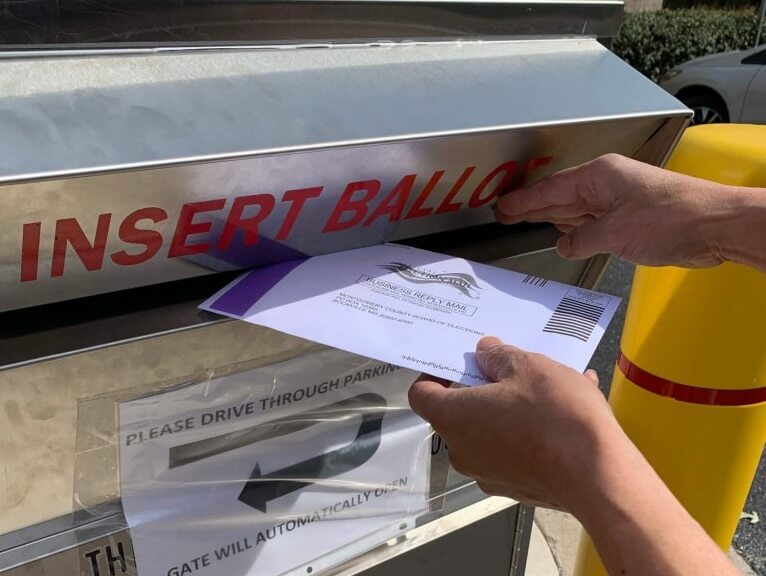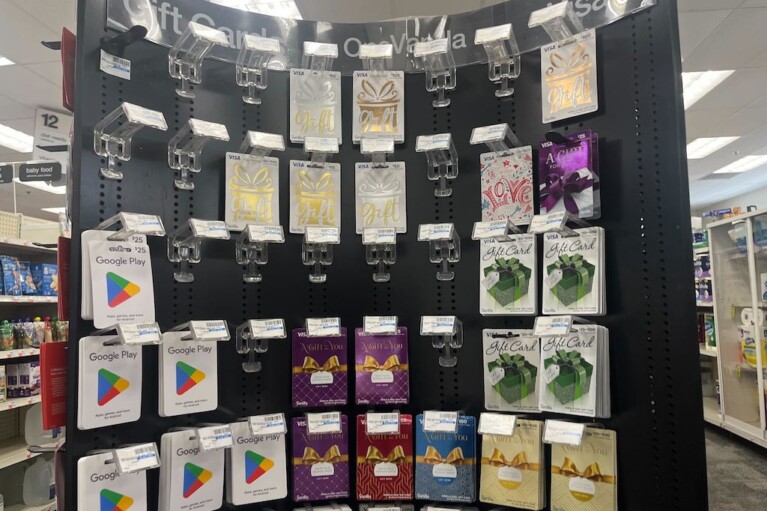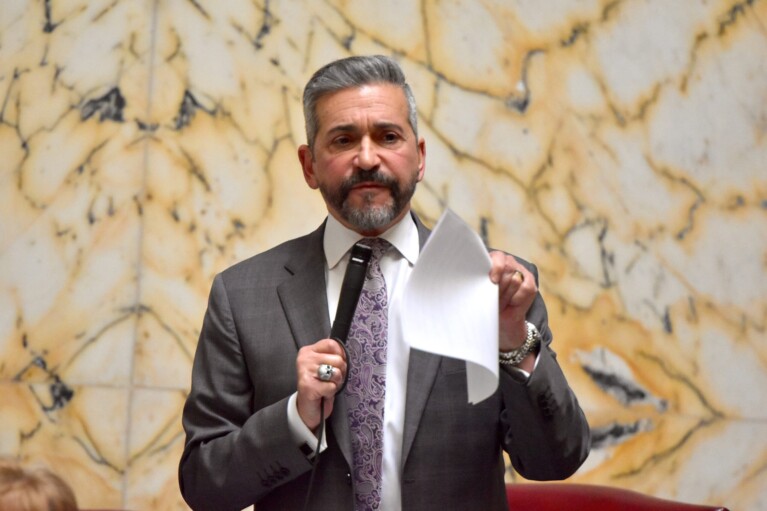Opinion: Four Fantastic Ways to Improve Vote by Mail in Md.

Like everything else in 2020, our elections had to adapt to the COVID-19 pandemic to ensure people could safely vote. The pandemic has laid bare some of the already existing barriers to voting while also demonstrating some of the smart policies at our disposal to make our elections’ systems more accessible, efficient and secure.
Our democracy works best when we all participate, so our state leaders should learn from our experience in 2020 to ensure all eligible voters are able to participate.
With public health concerns around voting in person, many states, including Maryland, expanded their mail-in voting systems in 2020. As a result, nearly half of all voters nationally sent in their ballots in by mail, a record total. In Maryland, every registered voter was mailed a ballot for the primary, and all were mailed a request form for the general. Well over 90% of voters used their mail-in ballot for the June primary and around half of Maryland voters used a mail-in ballot for the general.
While future elections may not see such high vote by mail participation, we will likely continue to see an increase in vote by mail, so we should make sure Maryland’s systems are modern and effective. Maryland PIRG has four fantastic suggestions on how to do so.
First, the Maryland General Assembly should create a permanent mail-in ballot list. Del. Jheanelle Wilkins (HB 1048) and Sen. Ben Kramer (SB 683) have sponsored legislation allowing voters to apply to be on a permanent mail-in ballot list; they would receive a ballot in the mail for every upcoming election without having to fill out paperwork to receive their mail-in ballot every year.
This means that elderly people, people with disabilities, and people who know they’ll vote by mail don’t have to fill out a request form for every election. Five states, as well as Washington, D.C., have already implemented permanent mail-in ballot lists, and several other states have these lists for voters with permanent disabilities and/or senior voters as well. Requiring a mail-in voter to fill out a new mail-in ballot request every year means multiple additional steps in the voting process, knowing specific deadlines, and increased cost to voters and the state.
Second, we should bring back the ballot drop boxes throughout the state. They are a safe, secure and popular way for voters to return their mail-in ballots. More than 1 million Maryland voters used drop boxes in the June primary elections.
Drop boxes allow voters who are concerned about postmarking their ballot by the deadline to submit their ballots safely. Voters who received their mail-in ballot late, fear their ballot will be tampered with or don’t trust the postal system can use drop boxes to vote confidently. Since Maryland’s mail-in voting envelopes are postage paid, drop boxes also save local governments significant amounts of money because return postage is not required.
Third, voters should be able to track the status of their mail-in ballot. Voters should know where their ballot is at each step of the process, when it’s been delivered and received, and when the board of elections has either successfully or unsuccessfully processed the ballot. Systems like BallotTrax, used by five states and Washington, D.C., provide up-to-date tracking information about ballots, which helps reassure voters nervously waiting for their ballot and increases confidence in the electoral process.
Fourth, mail-in ballots should go through a curing process. Ballot curing is a process when election officials reach out to voters and give them a chance to fix, or “cure,” any fixable issues with their submitted mail-in ballot. For example, of all mail-in ballots that were rejected in Maryland during the general election, 42% of these ballots were rejected because they were not signed by the voter, totaling to 1,552 total rejected ballots. During the June primary, 3,290 ballots were rejected because of a lack of signature. Whenever possible, voters should be alerted to a missed signature and be given the opportunity to fix it.
Eighteen states already have statutes that require voters to receive notice if there is a missing signature or signature discrepancy on their mail-in ballot, and it’s time for Maryland to join them. Nobody should lose their voice in our democracy because they forgot to sign a piece of paper.
There are a variety of bills moving through this legislative session that address our suggestions. Del. Wilkins and Sen. Kramer both have bills to create permanent mail in voting lists, and Wilkins also has a bill (HB 1047) to address drop boxes, curing and ballot tracking. We urge the General Assembly to pass them.
All eligible voters should be able to participate in our elections. As more voters choose to vote by mail, our state leaders should make these common sense adjustments to our election system.
— RISHI SHAH
The writer is the democracy associate at Maryland PIRG.





 Creative Commons Attribution
Creative Commons Attribution